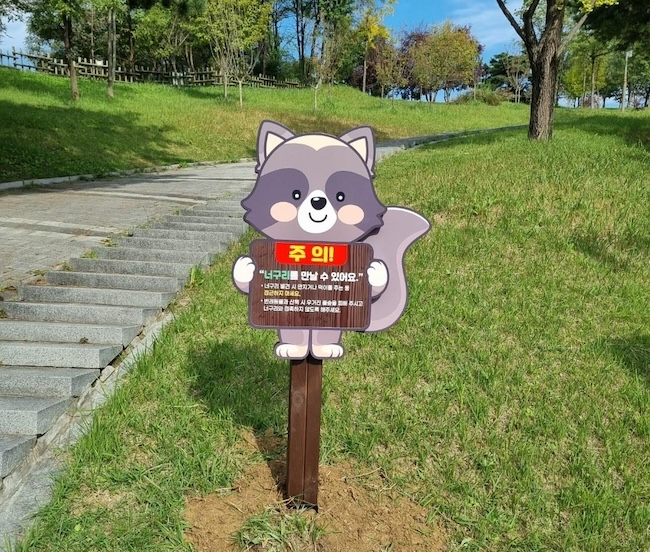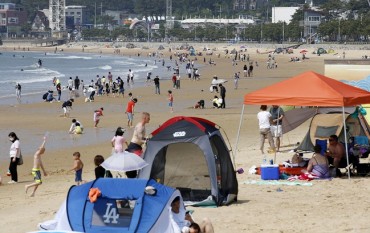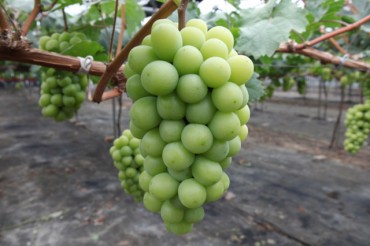SEOUL, Oct. 20 (Korea Bizwire) – In recent times, there has been a noticeable increase in the presence of wild raccoons in urban parks, residential neighborhoods, and even city centers in South Korea. While raccoons are typically not known to be aggressive, they can exhibit agitation, especially during the months of May and October.
This heightened behavior coincides with their birthing and the period when their young become more independent, potentially leading to encounters where raccoons may become aggressive towards people and pets.
Encounters with raccoons often evoke fear among the public. Widespread media coverage portraying raccoons as potential carriers of rabies and labeling them as troublesome creatures capable of confronting pet dogs has contributed to a perception of raccoons as dangerous animals.
Consequently, when individuals observe raccoon cubs foraging for food in park areas, they tend to dial 119 to request their capture.
It’s worth noting that raccoons are not classified as harmful wildlife, and it is illegal to capture, relocate, or harm them. Faced with these legal restrictions, the Seoul Metropolitan Government and city districts have taken proactive measures.
A Seoul Metropolitan Government representative recently announced, “We have commissioned the Seoul Institute of Technology to conduct a survey on raccoon distribution, which is expected to be completed by the end of the year. Once the results are available, we will collaborate with city districts to implement management strategies.”
Some districts have already initiated efforts to address the raccoon issue. For example, Gangbuk-gu installed informational boards in areas frequented by raccoons last year and has been employing raccoon repellents this year.
Songpa-gu has erected banners and increased park worker patrols, while Dobong-gu has enacted an ordinance offering compensation for damages and disseminating information about raccoon sightings.
Certain districts in the city extend coverage for raccoon-related damage through their citizen security insurance policies.
Seongdong-gu, for instance, introduced a coverage option in their citizens’ security insurance that covers wildlife-related damages up to 1 million won, even before the city formally requested it. Jongno-gu provides coverage for injuries, disfigurement, and fatalities resulting from raccoon encounters.
Nonetheless, recent news reports have drawn attention to the habitat loss experienced by otters and wildcats, primarily residing along riverbanks. This loss is attributed to the development of additional park golf courses.
It has also been emphasized that wild raccoons are increasingly found within the proximity of human activities, a natural consequence of human expansion into the areas where these animals once thrived comfortably.
J. S. Shin (js_shin@koreabizwire.com)







